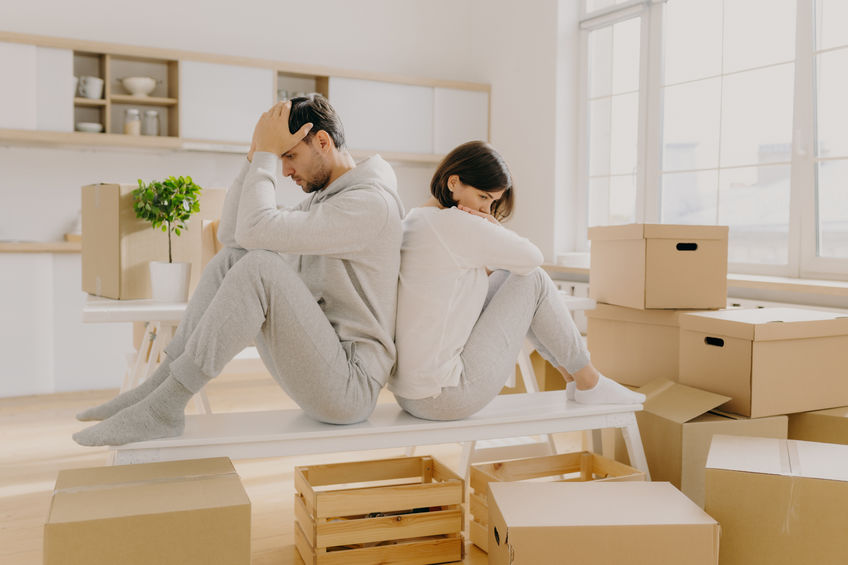Carbon monoxide is a poisonous gas that can be produced by burning fuels like natural gas, gasoline, and oil. It’s also created as a result of other chemical reactions such as those involving metal or acid. Carbon monoxide is colorless and odorless, so it’s important to know the symptoms of CO poisoning in order to protect your family from its effects. In this blog post we will discuss some home carbon monoxide sources and how you can avoid them!
1. What is carbon monoxide ?
Carbon monoxide is found in combustion by-products like carbon emissions. It’s colorless and odorless, and a deadly gas that slowly poisons those around it.
It is very common for homes to have appliances that burn fuels like natural gas, gasoline, and oil.
2. Sources of CO around the home
Carbon monoxide is produced as a result of other chemical reactions such as those involving metal or acid. It can also be found in combustion by-products like carbon emissions and the air pollutant SOx and NOx, which are released from coal plants that burn fossil fuels with no emission controls.
Some very common sources of carbon monoxide include
• Natural gas heaters and water heaters (both inside and outside of homes)
• Wood stoves
• Carbon dioxide fireplaces
• Charcoal grills used in closed spaces like cars or garages, even if they aren’t lit.
Even the back up generator you use during a power outage can emit CO. It’s important to make sure this appliance has been properly installed and vented outside of the home, as well as following all manufacturer instructions, especially those related to ventilation.
• Faulty exhaust systems on cars
• Incorrectly adjusted or poorly maintained gas appliances
• Unvented kerosene or gas space heaters
• Tobacco smoke
• Auto exhaust from attached garages
• Spills of paints, varnishes and solvents that contain methyl ethyl ketone (MEK) or acetate compounds. These are often found in products commonly used by do it yourself home repair enthusiasts.
3. Ways to reduce CO in your home
-Keep all gas appliances properly adjusted and maintained.
-Have your chimney inspected annually by a professional to make sure it’s clear of any blockages or damage that could cause CO build up.
-Make sure the flue pipe on wood stoves is installed correctly with no gaps, cracks, holes or loose connections between the pipe and the flu.
-Make sure any unvented kerosene or gas space heaters are well ventilated according to manufacturer’s instructions in order to avoid CO build up.
-Install carbon monoxide alarms with battery backup that will sound when they detect this dangerous gas, no matter what type of power is out.
-Never run a car or truck inside an enclosed garage, even with the door open.
-Open all windows and doors to make sure you have proper ventilation if using any unvented space heaters.
4. Symptoms of CO poisoning
If you think someone has been exposed to carbon monoxide, start
• Turn off any appliances and open all windows and doors. If the person is unconscious or having seizures, call 911 immediately.
• Call poison control at 800-222-1222 if they can’t breathe normally after exposure, have a headache that won’t go away, are confused or disoriented, are nauseated, vomiting or have flu-like symptoms.
Summary:
In conclusion, carbon monoxide is a very common and dangerous gas that slowly poisons those around it. It’s important to be aware of your surroundings at all times so you can keep your family safe from its effects, as well as take proper precautions against the many sources found in homes.
We hope this article has provided you with everything you need to know about carbon monoxide and how it can affect your family. If you’d like to know more about how carbon monoxide can affect your home, contact us today!




